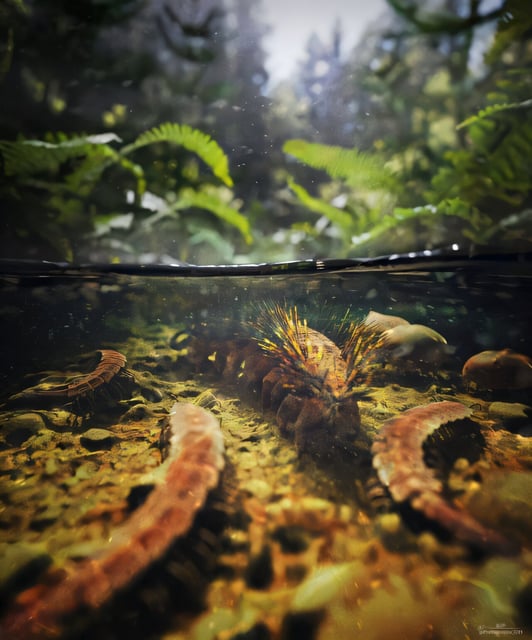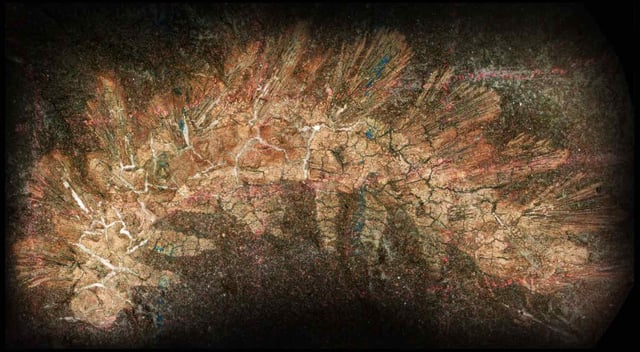Overview
- Originally catalogued in 1865 as a caterpillar, Palaeocampa anthrax was later misclassified as a worm, millipede and marine polychaete before its true identity emerged
- Harvard and University of Michigan researchers analyzed 43 specimens from Mazon Creek and Montceau-les-Mines using scanning electron microscopy, energy-dispersive spectroscopy and FTIR
- The study confirms Palaeocampa anthrax as the first-known nonmarine and youngest lobopodian, extending the group’s habitat into Carboniferous freshwater ecosystems
- Nearly 1,000 bristle-like spines covering the body bear chemical residues at their tips, indicating toxin secretion likely used for predator defense
- Reclassification validates Montceau-les-Mines as a freshwater fossil site and prompts new inquiries into marine-to-freshwater evolutionary transitions

